LATVIJA.FM
Latvian Choral Music: The Voice of a Nation
In Latvia, music is not just an art form—it is a national heartbeat. And nowhere does this pulse resonate more deeply than in Latvian choral music, a tradition so powerful and enduring that it has come to define the very spirit of the nation. Whether sung in grand concert halls, echoing through forest stages, or rising from fields during midsummer festivals, choral music in Latvia is more than harmony—it is heritage.
A Tradition Born of Identity
Latvians have sung together for centuries, long before modern concert structures or international competitions. The roots of their choral culture lie in the ancient dainas, poetic folk songs passed orally through generations, many of which were traditionally sung in communal settings. These melodies carried the rhythms of daily life—love, labor, loss, and celebration—and formed a spiritual thread between people, land, and language.
In the 19th century, as national consciousness stirred across Europe, Latvians turned to music as a form of cultural resistance and unity. Choirs became gatherings of purpose, not only expressing aesthetic beauty but also a quietly revolutionary pride in being Latvian. Singing together—especially in their own language—was both a celebration and an act of survival.
In the 19th century, as national consciousness stirred across Europe, Latvians turned to music as a form of cultural resistance and unity. Choirs became gatherings of purpose, not only expressing aesthetic beauty but also a quietly revolutionary pride in being Latvian. Singing together—especially in their own language—was both a celebration and an act of survival.
The Song Festival Phenomenon
This collective power of music found its most striking expression in the Latvian Song and Dance Festival, first held in 1873. Today, the festival is held every five years and is recognized by UNESCO as part of the Intangible Cultural Heritage of Humanity. It is a staggering event: tens of thousands of singers, from all across the country and abroad, come together in Riga to form a single choir—sometimes 16,000 voices strong—singing in unison before an audience of thousands more.
To witness it is to understand something primal about Latvia. The final concert, usually held at the open-air Mežaparks Great Stage, moves people to tears—not just because of the sound, but because of the collective willpower and emotional unity it represents. Here, the power of choral music becomes a cultural phenomenon. It is a way to remember, to affirm, and to belong.
To witness it is to understand something primal about Latvia. The final concert, usually held at the open-air Mežaparks Great Stage, moves people to tears—not just because of the sound, but because of the collective willpower and emotional unity it represents. Here, the power of choral music becomes a cultural phenomenon. It is a way to remember, to affirm, and to belong.
Composers Who Shaped the Sound
Over the decades, Latvian composers have elevated choral music into a refined and modern art, while staying rooted in tradition. Jāzeps Vītols, often called the father of Latvian classical music, laid the foundation with harmonically rich choral works that blended academic rigor with folk soul. In the 20th century, composers like Emīls Dārziņš, Lūcija Garūta, and Pēteris Vasks expanded the emotional and stylistic palette, bringing spiritual depth, melancholy, and complexity to the choral tradition.
Contemporary choirs in Latvia, such as State Choir Latvija, Youth Choir Kamēr..., and Ave Sol, have brought international acclaim, winning competitions and captivating audiences across Europe and beyond. Their interpretations of both traditional and contemporary works showcase not only technical excellence but a cultural devotion that transcends performance.
Contemporary choirs in Latvia, such as State Choir Latvija, Youth Choir Kamēr..., and Ave Sol, have brought international acclaim, winning competitions and captivating audiences across Europe and beyond. Their interpretations of both traditional and contemporary works showcase not only technical excellence but a cultural devotion that transcends performance.
Singing as a Form of Freedom
During the Soviet occupation, Latvian choral music became a subtle but potent tool of cultural endurance. Official festivals continued under the regime, but beneath the surface, the act of singing in Latvian, especially sacred or patriotic songs, carried a quiet defiance. In the late 1980s, as independence movements swept across the Baltic States, mass singing events were central to what became known as the Singing Revolution. Voices, not weapons, led the path toward Latvia’s regained sovereignty in 1991.
It was not just music—it was identity voiced in unison, and the world watched as a people reclaimed their voice through song.
It was not just music—it was identity voiced in unison, and the world watched as a people reclaimed their voice through song.
A Living, Breathing Legacy
Today, choir culture in Latvia is not reserved for elite musicians. It lives in school halls, village community centers, churches, and family reunions. Children learn to harmonize from a young age, and amateur choirs thrive in every region. For many Latvians, singing together is as natural as breathing—it is part of how they express emotion, connect with others, and pass down culture.
Whether performing ancient folk melodies or newly commissioned works, Latvian choral music continues to evolve while honoring its roots. It is both historical and immediate, sacred and accessible. And in a world that often celebrates the individual voice, Latvia reminds us of the transcendent beauty—and power—of singing together.
Whether performing ancient folk melodies or newly commissioned works, Latvian choral music continues to evolve while honoring its roots. It is both historical and immediate, sacred and accessible. And in a world that often celebrates the individual voice, Latvia reminds us of the transcendent beauty—and power—of singing together.
Cover image: Spekozols, CC BY-SA 4.0
“Traditional Latvian masks used in mumming ritual processions during Mārtiņi on November 10 and Katrīnas on November 25.”
View original on Wikimedia Commons
“Traditional Latvian masks used in mumming ritual processions during Mārtiņi on November 10 and Katrīnas on November 25.”
View original on Wikimedia Commons
